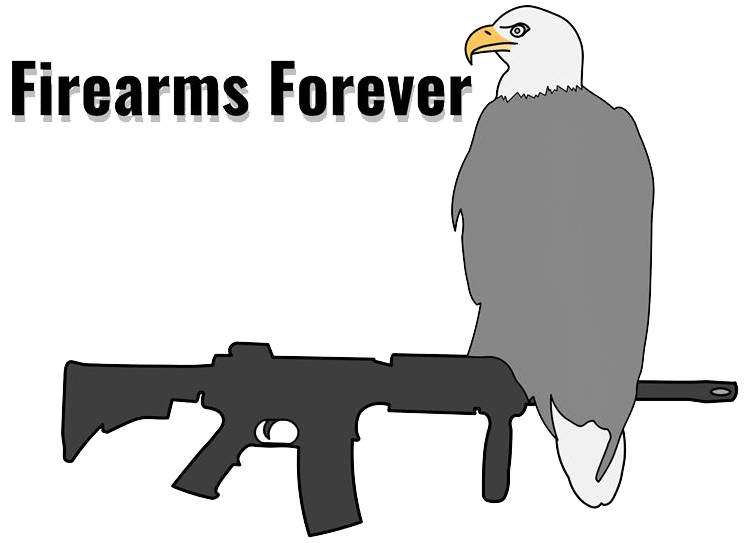“This class isn’t just about shooting at close range but also about managing the human dynamics and situations that occur during a self-defense incident.” With that opening statement, Chuck Haggard of Agile Training began his ‘Close Quarters Handgun’ class hosted by The Complete Combatant in the mountains of North Georgia.
Almost everyone in the class was shooting full-size service pistols with red-dot sights. Nonetheless, a “stubby gun” with iron sights like the HK CC9 proved more than capable of solving all the shooting problem encountered in the class.
But the first half of the class wasn’t shooting, it was practice for incidents involving multiple people, including bystanders. Some luminaries in the training industry have opined that the most effective training for personal protection would use half live-fire and half inert guns. That philosophy was integral to the format of Close Quarters Handgun. To accomplish it, the students disarmed and left all firearms at a side range. Then we spent the entire morning working with inert guns he provided. Inert guns are very valuable training and practice tools.
The first thing he emphasized was the proper use of low ready. It is not pointing a gun at anyone. A question he poses to the police officers he trains is “Who do you trust to point a gun your kids?” The answer is universally “No one.” To highlight this, we did a ‘slalom drill,’ in which students individually navigated through a line of several other students while holding their inert guns in hand. Many found it eye opening.
 For another exercise, the class broke into groups of four. One person represented the criminal, one person the responder, and the other two were innocent bystanders. Criminal and responders used their inert guns in scenarios and the bystanders did not. Establishing the shot line was a dynamic drill the class we did several times. The term shot line is the line that a bullet will travel from a defender to an attacker. Establishing an acceptable shot line means deciding where to take the shot at an attacker when others are present.
For another exercise, the class broke into groups of four. One person represented the criminal, one person the responder, and the other two were innocent bystanders. Criminal and responders used their inert guns in scenarios and the bystanders did not. Establishing the shot line was a dynamic drill the class we did several times. The term shot line is the line that a bullet will travel from a defender to an attacker. Establishing an acceptable shot line means deciding where to take the shot at an attacker when others are present.
Haggard explained that having loved ones or bystanders within an arm’s length of the shot line is very hazardous. Humans can easily move an arm’s length in human response time (½ second). Having someone within an arm’s length of the shot line means they potentially could move into the line of fire as the shot is fired, resulting in a negative outcome. This can happen regardless of how good a marksman the shooter is.
As a result of this, several decisions come into play when defending against a criminal attack. Should you shoot, where will you shoot from and finally when to take the shot. Although the “should” and “when” are often discussed in the firearms community, the “where” component is not. It is dangerous to practice in live fire; inert guns make it much more practicable.
Haggard’s answer to this issue is for the responder to reposition to take the shot from a safer angle. The groups switched roles and positions and repeated the drill numerous times. This gave us get a good feel for how the process should work.
We also practiced weapon retention and weapon takeaways with the inert guns. Many people are familiar with shooting from retention, i.e., not extending the gun completely toward an attacker. One of the morning’s drills was recognizing at what distance the gun needs to move back to a retention position.
In the afternoon, we did live fire and fired about 350 to 400 rounds. The distances ranged from 7 yards to contact with the target. After some baseline exercises to get a feel for the group’s ability, the afternoon’s shooting primarily focused on shooting drills that can’t be practiced on an indoor range.
 Rather than trying to shoot very tight groups, the standard he set for us was to be able to put all our rounds into the –0 zone of an IDPA target. In between exercises, we taped the shots outside of the –0 and left the acceptable hits untaped.
Rather than trying to shoot very tight groups, the standard he set for us was to be able to put all our rounds into the –0 zone of an IDPA target. In between exercises, we taped the shots outside of the –0 and left the acceptable hits untaped.
Incorporating movement into shooting was a big part of the live fire exercises. By splitting into two relays, we had enough space to do this during the live fire. We practiced lateral repositioning to reinforce the morning’s exercise of establishing the shot line. Shooting while moving was done by having one relay act as safeties while the other relay shot. We also did some moving then shooting. This was done on an individual basis with Haggard controlling.
The class finished up with a contact-shooting technique to prevent the pistol going out of battery if a contact shot is necessary. While revolvers can’t go out of battery on a contact shot, any locked breech autoloader can. This technique prevents it.
A great deal was learned by all the students. Many of the disadvantages of training on a square range were negated by using inert guns and innovative training techniques. It was an eye-opening experience for many of the participants.
Read the full article here



